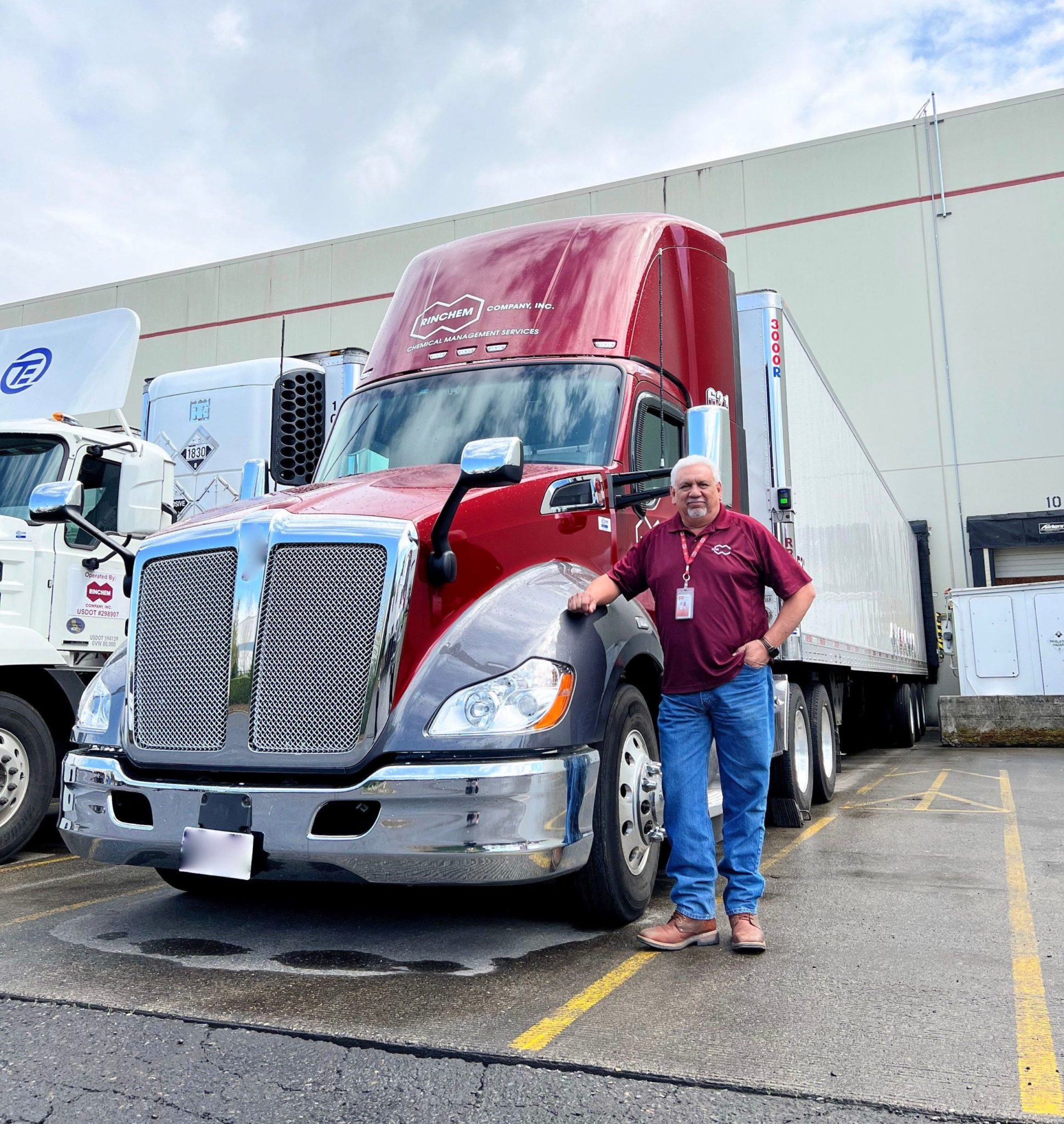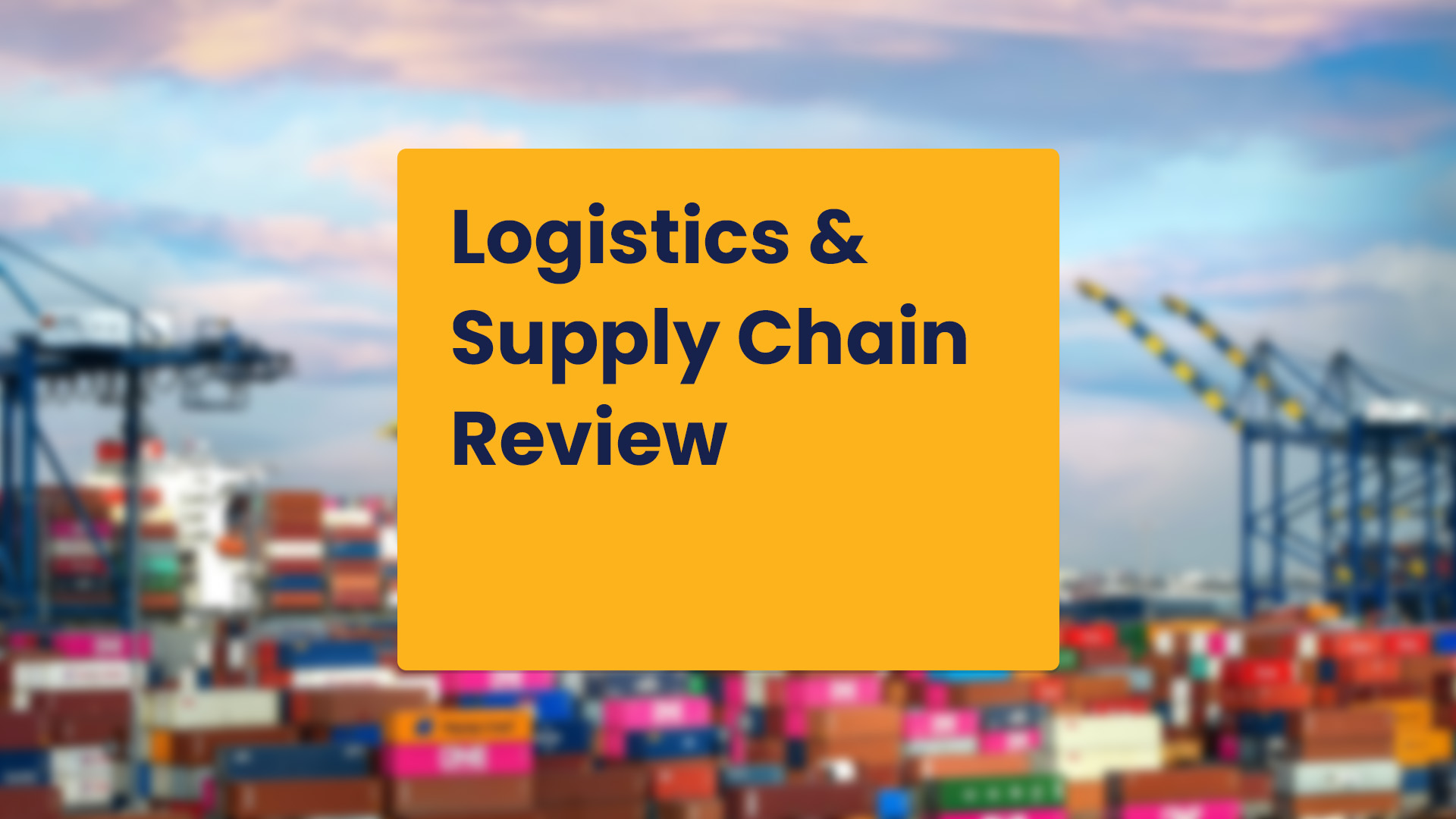Finding the right transportation carrier for your business can already be difficult, and if you ship hazardous materials (hazmat) it can be an even bigger challenge. Hazmat transportation includes any materials that "may pose an unreasonable risk to health and safety or property" including but not limited to:
- Explosive
- Radioactive
- Flammable
- Toxic
- Infectious
- Oxidizing
- Corrosive
Finding a carrier you can trust to deliver your hazmat materials safely is critical to the success of your supply chain. Here are 4 things to look for when vetting a potential hazmat transportation carrier:
1. Safety Standards
Safety is of the utmost importance in hazmat transportation because the repercussions could create highly dangerous circumstances. One of the most important items to check for is if the carrier has a Safety Department.
The Federal Motor Carrier Safety Administration’s (FMCSA) primary mission is to prevent commercial motor vehicle-related fatalities and injuries. That includes reducing the number of transportation incidents that involve hazardous materials and could potentially harm the public and the environment.
The FMCSA gives safety ratings to carriers as an evaluation of their compliance with the safety fitness standard. FMCSA safety ratings for hazmat transportation companies can be found here and should be used when deciding which hazmat carriers to hire.
Another important safety consideration is carrier insurance information. Hazmat trucks are required by law to provide insurance liability ranging from $1,000,000 to $5,000,000 per accident depending on the class of hazmat being transported. The increased risk of hazmat transportation requires increased insurance requirements.
When choosing a hazmat carrier, always do your research to make sure their safety standards meet or exceed your expectations. Ask any potential carrier for their certification and insurance information.
Safety Checklist
- Does the company have a Safety Department?
- What's the company's safety rating?
- Is the the company properly insured?
2. Hazmat Driver Certification
Hazmat certified drivers are critical to ensure safe and timely delivery of hazardous cargo. Let's explore what goes into the certification.
Entry-Level Driver Training
Entry-Level Driver Training (ELDT) is a new regulation for entry-level drivers seeking to obtain their Class A Commercial Driver’s License (CDL) that sets the baseline for training requirements.

Hazmat Certification
Hazmat certification adds an additional endorsement to the drivers existing Class A CDL to allow them to transport hazmat materials. Hazmat certification requires:
- Training
- Background Checks
- Medical and Eye Exams
- Proof of U.S. Citizenship (or appropriate immigration status)
- Passing the Hazmat Knowledge Test
If drivers are gaining their hazmat and tanker endorsements for the first time they must attend a theory course that is accredited by the DOT. Additionally, each state has its own requirements for the minimum hours a driver must have behind the wheel with their CDL before they can begin hazmat certification.
Driver Responsibilities
Hazmat drivers have more responsibility than traditional CDL drivers. In dealing with dangerous goods they need know how to safely:
-
- Load
- Unload
- Handle
- Store
- Transport
It also requires that drivers know the proper procedures and how to respond in an emergency involving the cargo. The drivers must:
-
- Be familiar with the materials being shipped
- Have a copy of the Material Safety Data Sheet (MSDS), and
- Ensure that the correct placards are displayed on their vehicle
3. Appropriate Hazmat Equipment
The third facet to finding the right hazmat transportation is if the carrier can provide the correct equipment. Here are some select questions you should be asking of your carriers to determine if they have what is necessary to move your hazmat materials:
Does the carrier have the Bill of Landing and MSDS?
Is your carrier aware of any specific regulations in order to transport materials
Is safety a priority with the carrier?
4. Procedures & Policies
Carriers and drivers should have procedures and policies in place and know how to handle any situation that has gone wrong. This can include hazmat material spills to materials going out of their safe temperature ranges. The carrier safety department should have the ability to respond quickly to any emergencies a driver may have during a delivery. Timely response to an emergency involving the transportation of hazardous materials is critical to the safety of people, property, and the environment. Drivers should be trained on where they can park in emergency situations and appropriate attending of their load.
Conclusion
Always vet your potential carriers and make sure their standards, drivers, equipment, and procedures are up to your own standards and meet or exceed your expectations for safe and timely transportation of your products. Hazardous material transportation can be complicated but finding the right carrier can make the process simpler and stress free. The goal of hazmat transportation is always the safe and timely delivery of your dangerous goods.
Get more articles like this in your inbox
Sign up for our monthly newsletter
Find more articles


